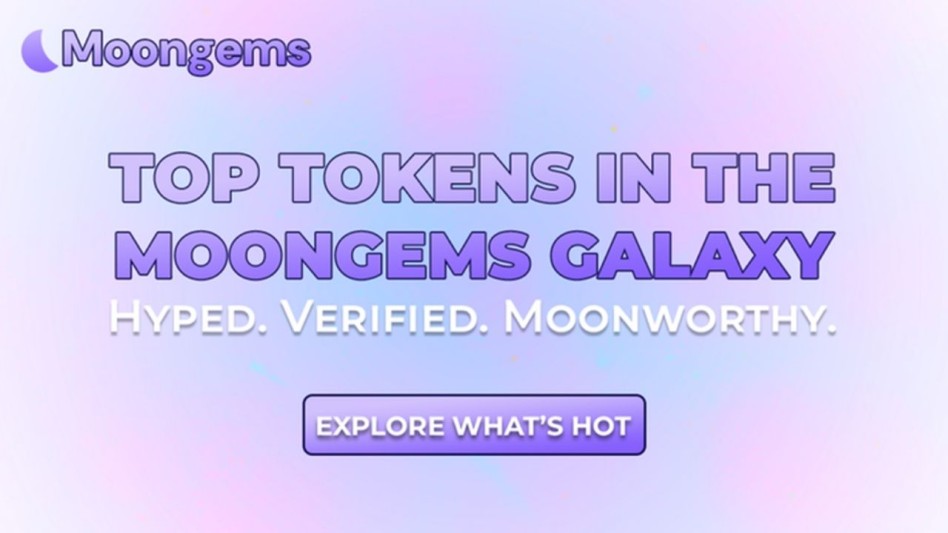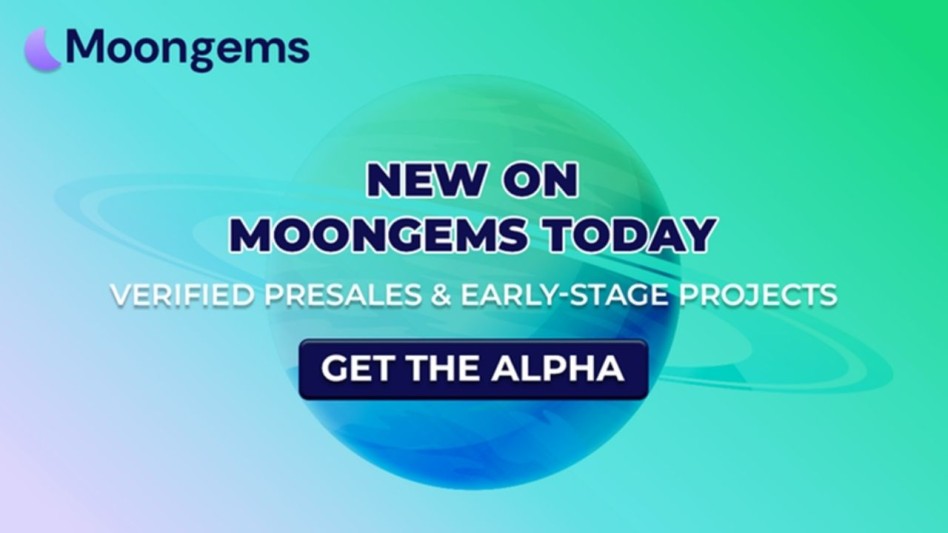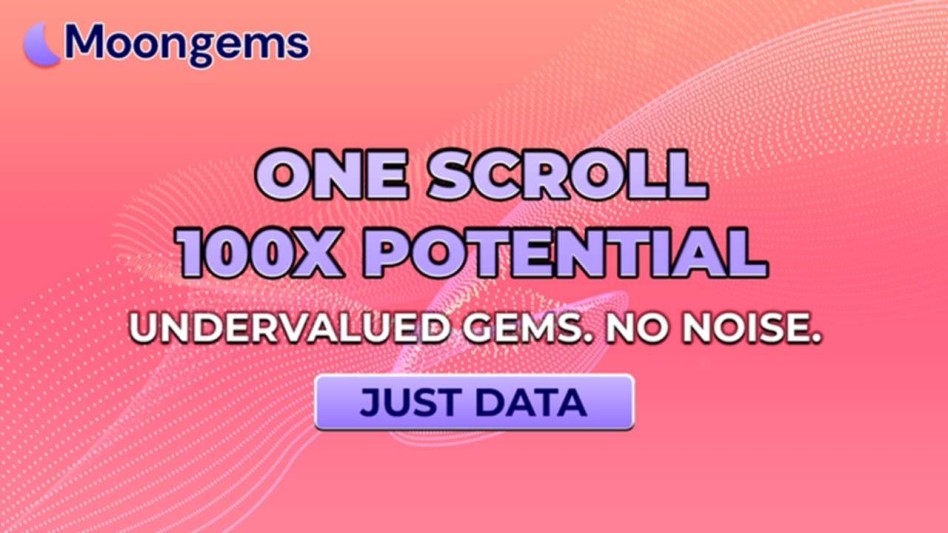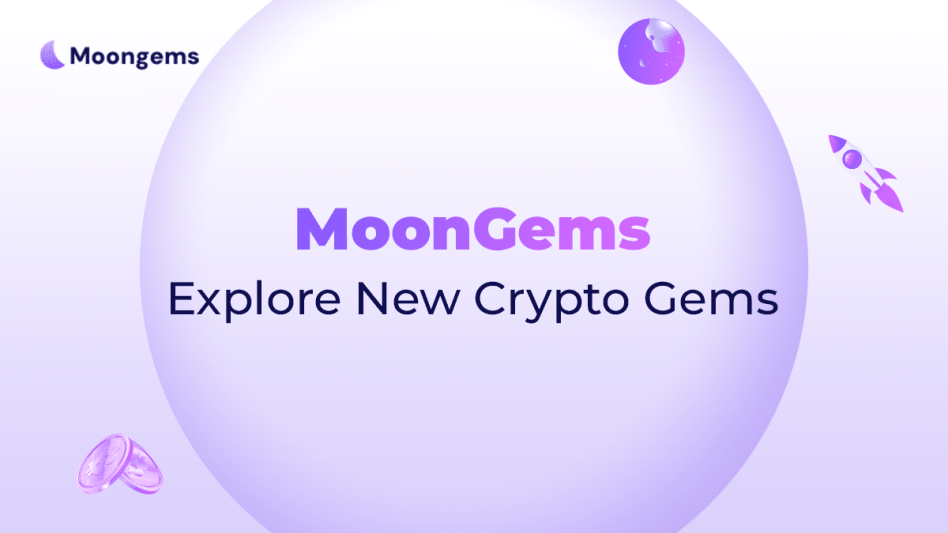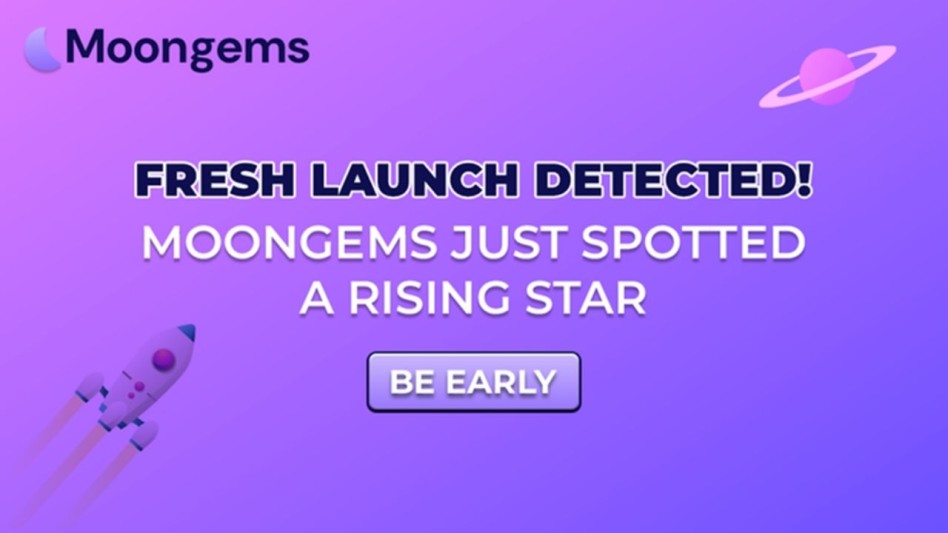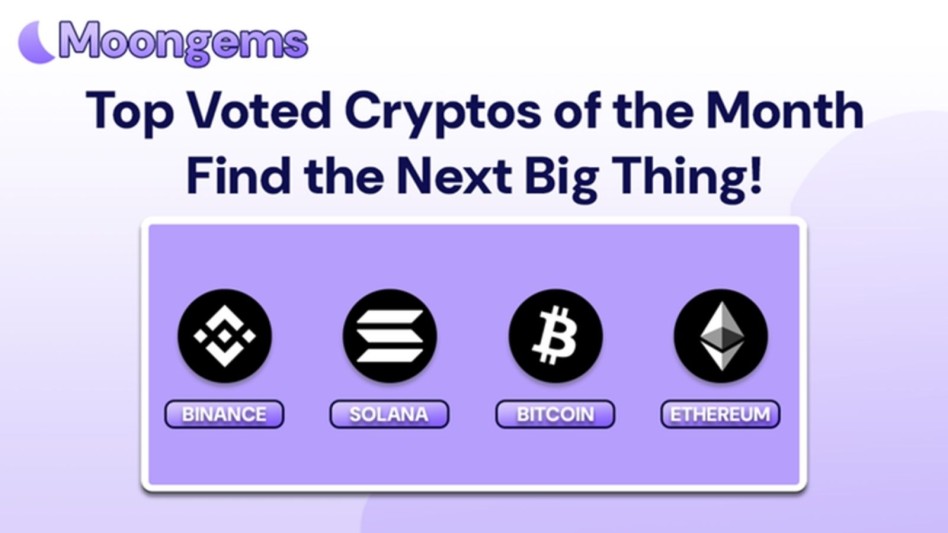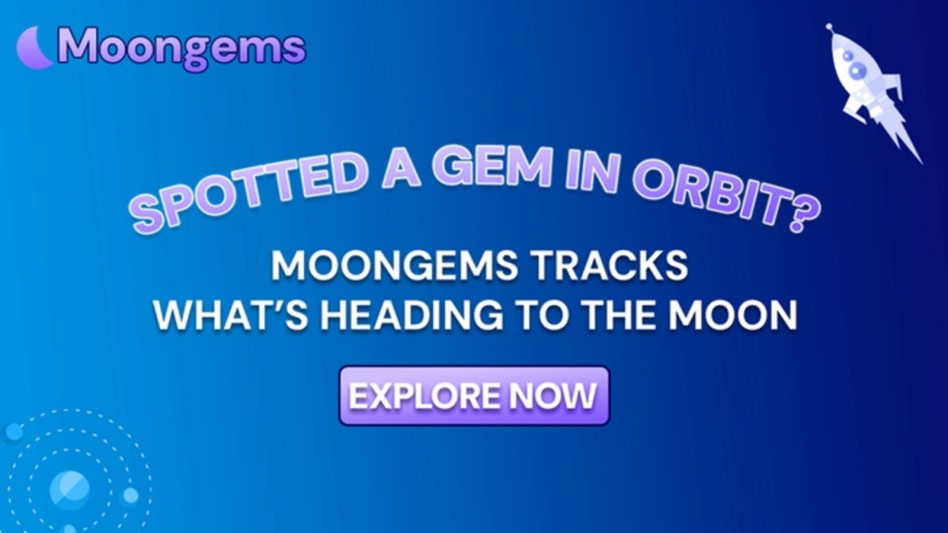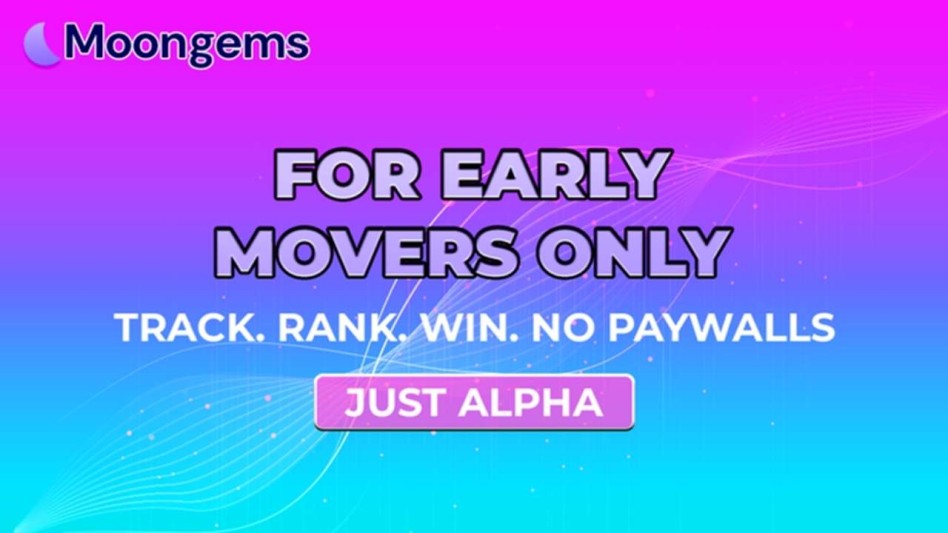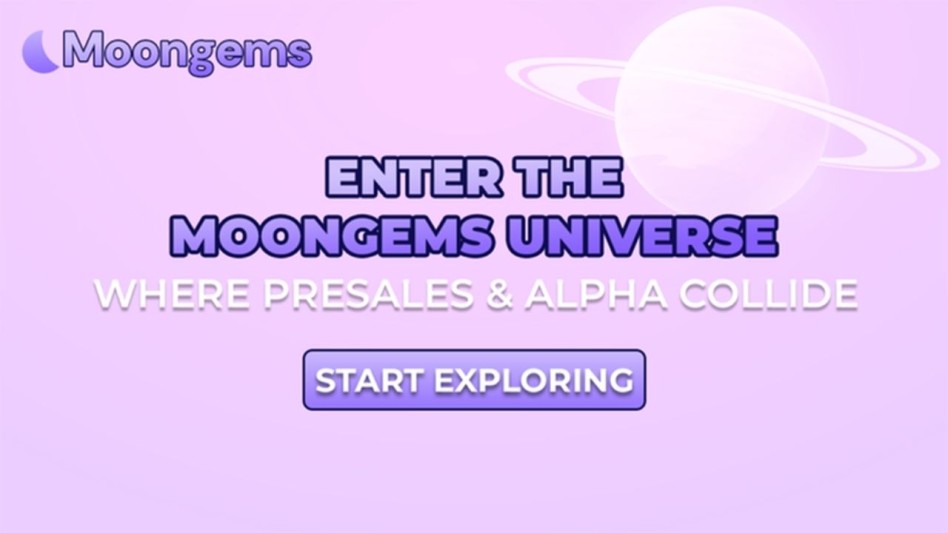Author: Jawad Hussain – Crypto Analyst & Web3 Researcher | 9+ years tracking presales, IDOs, and token launches. Follow him on Twitter and LinkedIn.
In 2025, supply manipulation will be one of the most powerful tools in crypto tokenomics, and token burns will be at the center of it all. While everyone’s chasing narrative and hype, savvy investors will watch what gets removed from supply, not just what gets minted.
Token burns reduce a crypto asset's circulating or total supply, either permanently or via scheduled destruction. When executed strategically, they create a scarcity flywheel that can amplify price action, boost user confidence, and extend a presale’s momentum long after launch.
This article dives into the token burn strategies used in presales, how to evaluate their legitimacy, and how MoonGems surfaces the best burn-enabled tokens in early listings.
Because in this market, it’s not just about what’s being added — it’s about what’s being erased.
How Token Burns Actually Work (And Why It Affects Price)
Token burns permanently remove tokens from circulation by sending them to a verifiably inaccessible wallet (often a zero address).
There are different types of burns you’ll encounter:
- Manual Burns: The team decides at certain milestones to burn tokens, often tied to presale milestones, revenue, or marketing events. These can be powerful, but only if transparently executed and verified on-chain.
- Automatic (Programmatic) Burns: Tokens are burned on every transaction, trade, or platform interaction. For example, 1% of tokens might be destroyed with every trade. These systems introduce built-in deflation, which appeals to long-term holders.
- Revenue-Driven Burns: Some tokens tie burns to real usage or income. For example, a DeFi protocol might burn a percentage of the fees collected. This links the burn rate to adoption and performance, not just hype.
- Event-Based Burns: A token may schedule burns around events like listings, unlocks, or NFT drops. While these are marketing-driven, they can create short-term scarcity and FOMO.
Why does it work? Simple supply and demand. If supply decreases while demand remains steady or grows, price pressure naturally rises. MoonGems tracks burn-enabled tokens and flags ones with real, not performative, scarcity mechanics.
Scarcity vs. Gimmick: How to Tell a Legit Burn Strategy From Hype
Not all burn mechanics are created equal. Some are real — others are just gimmicks dressed up in deflationary language.
Here’s how to tell the difference:
- On-Chain Verification
Always check if the burn is visible on a block explorer. Teams that announce burns but don’t publish transaction hashes are waving a giant red flag. On MoonGems, verified burns come with links to Etherscan, Solscan, or equivalent. - Frequency and Consistency
A real burn strategy is regular and scheduled, not random. Whether it’s weekly, monthly, or per transaction, consistency matters. Gimmick burns tend to be one-time events, purely for price hype. - Tied to Use Case
Is the burn triggered by user activity (e.g., trading, staking, revenue)? That’s a real deflationary mechanism. If it’s “we might burn 50% at some point,” that’s a narrative stunt, not a system. - Impact on Circulating Supply
Some projects burn from the total supply (which doesn’t affect the trading price much). Others burn from the circulating supply, which has a real-time impact on scarcity and price pressure. - Transparency Around Burn Wallets
A legitimate burn strategy will publish the burn wallet address and regularly link to activity. Gimmick teams keep it vague or inaccessible.
MoonGems uses these factors to assign Scarcity Ratings to presale listings, helping investors filter real value from theatrical hype.
Top Projects That Have Mastered Burn Mechanics (2025 Highlights)
Some of the most successful tokens in history owe their performance to carefully executed burn strategies. Here are a few to study:
- Ethereum (EIP-1559)
After the London hard fork, ETH began burning base transaction fees, permanently removing supply. Over time, this created net deflation during high usage periods, supporting Ethereum’s long-term value despite no hard cap. - BNB (Binance)
BNB uses quarterly burns tied to platform revenue. These burns are announced publicly and are verifiable on-chain, and millions of tokens have been removed over time. This revenue-linked model aligns incentives between platform growth and price action. - Shiba Inu
SHIB implemented community-led burn initiatives and introduced a burn portal. While partially symbolic, it created deep community engagement and reinforced long-term holder incentives.
MoonGems tags all presales with “Burn Strategy Profiles,” which show whether the model mimics Ethereum’s deflation, BNB’s performance tie-in, or SHIB’s community model.
Token Burn Checklist for Presale Investors
Before betting on a burn-based presale, run this checklist:
- Is the burn written into the smart contract?
If it’s not automated or enforced on-chain, you’re relying on team promises, not guarantees. Check the token code on a block explorer or read the audit summary. - Are burns linked to actual utility or usage?
Look for burning events tied to real-world action: trades, fees, staking rewards, etc. These are sustainable. - How much of the supply is being burned — and when?
A one-time 50% burn sounds dramatic, but may not affect the circulating supply. Find out the percentages, the timing, and the wallet addresses involved. - Has the burn model been audited?
Even good intentions can lead to errors. Smart contract audits should include the burn function and ensure it’s non-reversible. - Are tokens burned from presale, treasury, or team allocations?
Burning unsold presale tokens is positive. Burning team tokens shows commitment. Burning tokens from the active supply is even better — it reduces available liquidity and increases scarcity. - How does MoonGems rate the project’s burn credibility?
Use the MoonGems dashboard to check the burn score, based on transparency, execution, and on-chain confirmations. - Is the burn model sustainable?
Burns that rely on constant hype are unsustainable. Burns linked to platform usage or long-term staking are much more reliable.

Final Thoughts: In a Crowded Market, Scarcity Is a Superpower
Token burns aren’t just marketing tricks — when done right, they’re supply-side alchemy. In a presale market where inflation and unlock schedules can crush new tokens, burns can restore balance and reward long-term conviction.
But as with everything in crypto, execution matters. Look for transparency, frequency, and real demand mechanics behind the flame.
MoonGems makes it easier by highlighting burn strategies and rating their credibility. Because when it comes to the next 10x, it might not be about buying more.
It might be about who’s burning what.
Frequently Asked Questions (FAQs)
- What is a token burn in crypto?
It’s the process of permanently removing tokens from circulation by sending them to a wallet that no one controls. - How do token burns affect price?
By reducing supply, burns can create scarcity, which may increase price if demand remains constant or grows. - What’s the difference between manual and automatic burns?
Manual burns are team-decided events; automatic burns are coded into the smart contract and triggered by user actions. - Are all burn announcements trustworthy?
No. Always verify burn transactions on-chain and look for public burn wallet addresses. - Do meme coins use burn mechanics?
Many do — some effectively (like SHIB), others just for hype. Check how the burn ties into token usage. - How can I check if a burn is real?
Use a block explorer like Etherscan or platforms like MoonGems, which link verified burn transactions. - Is a burn token always a good investment?
Not always. Burns help only when paired with real demand, usage, and solid tokenomics.
Glossary of Terms
- Token Burn: The process of destroying tokens to reduce total or circulating supply.
- Deflationary Tokenomics: A token model where supply decreases over time.
- Burn Wallet: A wallet that cannot be accessed, used to store destroyed tokens.
- Circulating Supply: The amount of tokens currently available in the market.
- Presale: A fundraising phase before public token listing.
- Revenue-Tied Burn: A burn triggered by platform income or trading fees.
- Smart Contract Audit: A security check on a token’s code, often verifying burn mechanics.
- Manual Burn: A team-triggered burn event not written into the token contract.
- MoonGems: A platform tracking early-stage crypto presales with tools for evaluating burn strategies.
- Etherscan: A blockchain explorer used to verify on-chain transactions like burns.
Disclaimer
This content is for informational purposes only and does not constitute financial advice. Investing in crypto presales carries risk, including potential capital loss. Always do your own research (DYOR) and consult professional advisors before participating in early-stage investments.



